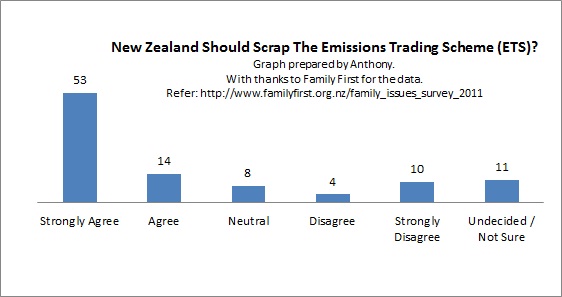If you look below you’ll see I made a submission to EECA (Energy Efficiency and Conservation Authority) in regard to CFLs (compact fluorescent lamps). These units contain mercury – which is extremely bad for people, animals and the environment.
I received a reply from Carolyn at EECA. You can see that below too.
Today, while reading my RSS feeds I came across an article by John O’Sullivan. The information presented by John was compelling. I decided to write another letter to Carolyn using much of what John wrote.
So with all all due recognition to John O’Sullivan, here’s my letter to Carolyn.
Thanks Carolyn,
While looking through my RSS feeds today I came across this article about the mercury issue. I know that we are past the submission date but I felt the issue serious enough that I should let you know what I found. Here are a few extracts:
“A study by Germany’s Federal Environment Agency found that when one of them breaks, it emits levels of toxic vapour up to 20 times higher than the safe guideline limit for an indoor area.”
“If a bulb is smashed, the UK’s Health Protection Agency advice is for householders to evacuate the room and leave it to ventilate for 15 minutes. So worried by the dangers in industry, the U.S. government has recently introduced a whole swath of tighter new legislation to protect employees from the most serious affects of mercury poisoning on the job.”
“In Britain both the general public and waste disposal companies are realising that local civic authorities have little, if any, specialist hazardous waste disposal teams able to deal with the problem on a wide scale.”
“Smaller authorities, in particular, are increasingly being caught out having no policies in place as to how to address the domestic disposal of low energy eco light bulbs that are filled with poisonous mercury; a major hazard causing long-term and irreperable contamination of land and water.”
“Specialist ‘Hazmat’ ( ‘hazardous materials’) companies will charge a hefty sum to safely dispose of consumer and industrial mercury eco lightbulbs. I telephoned one UK company, Envirogreen and they advised me that their minimum call out charge for hazmat collection of mercury-filled lightbulbs is £325 (US$500) even for just one bulb!”
“Meanwhile in the U.S. the Environmental Protection Agency (EPA) tells us that,“Recyclers generally require that the light bulbs arrive unbroken” – heaven help you if you have a mishap and bulbs break in your home.”
I’m sure you get the idea. Here’s the link to the article:
http://johnosullivan.livejournal.com/32147.html
New Zealander’s live in a wonderfully healthy environment. Let’s keep it that way – – please.
Kind regards,
Anthony

